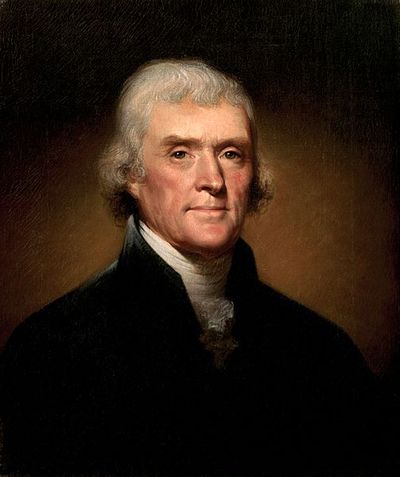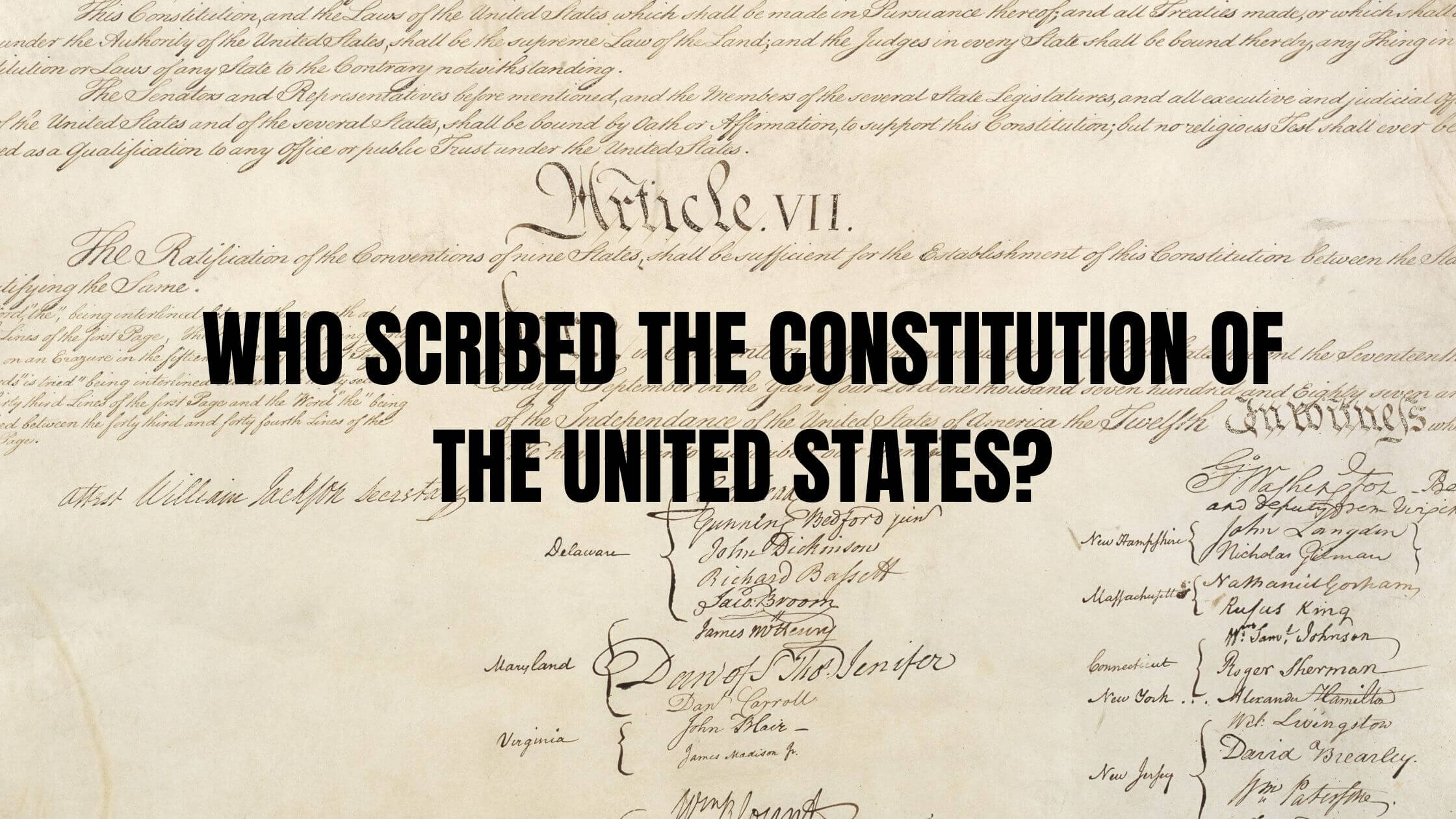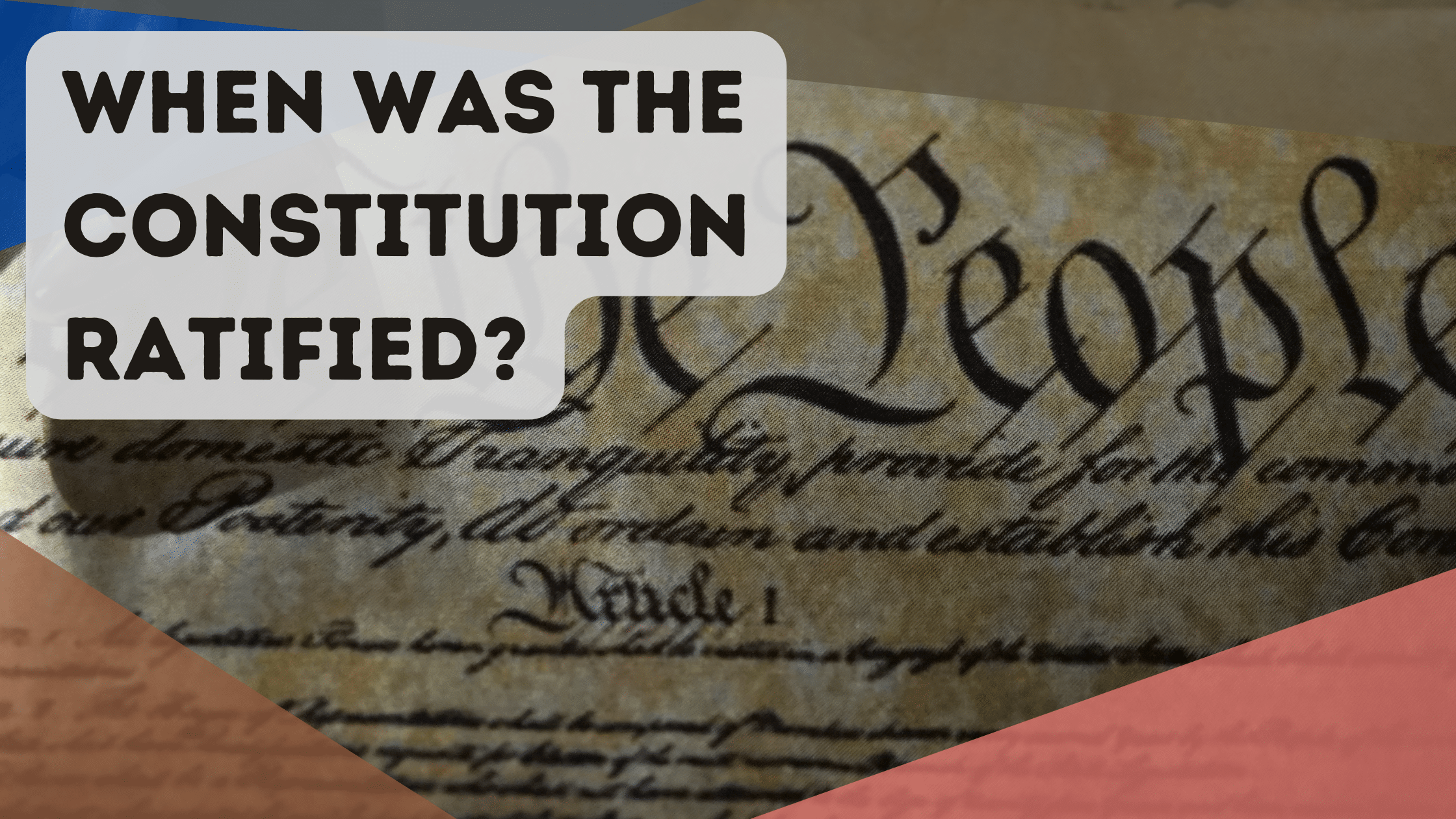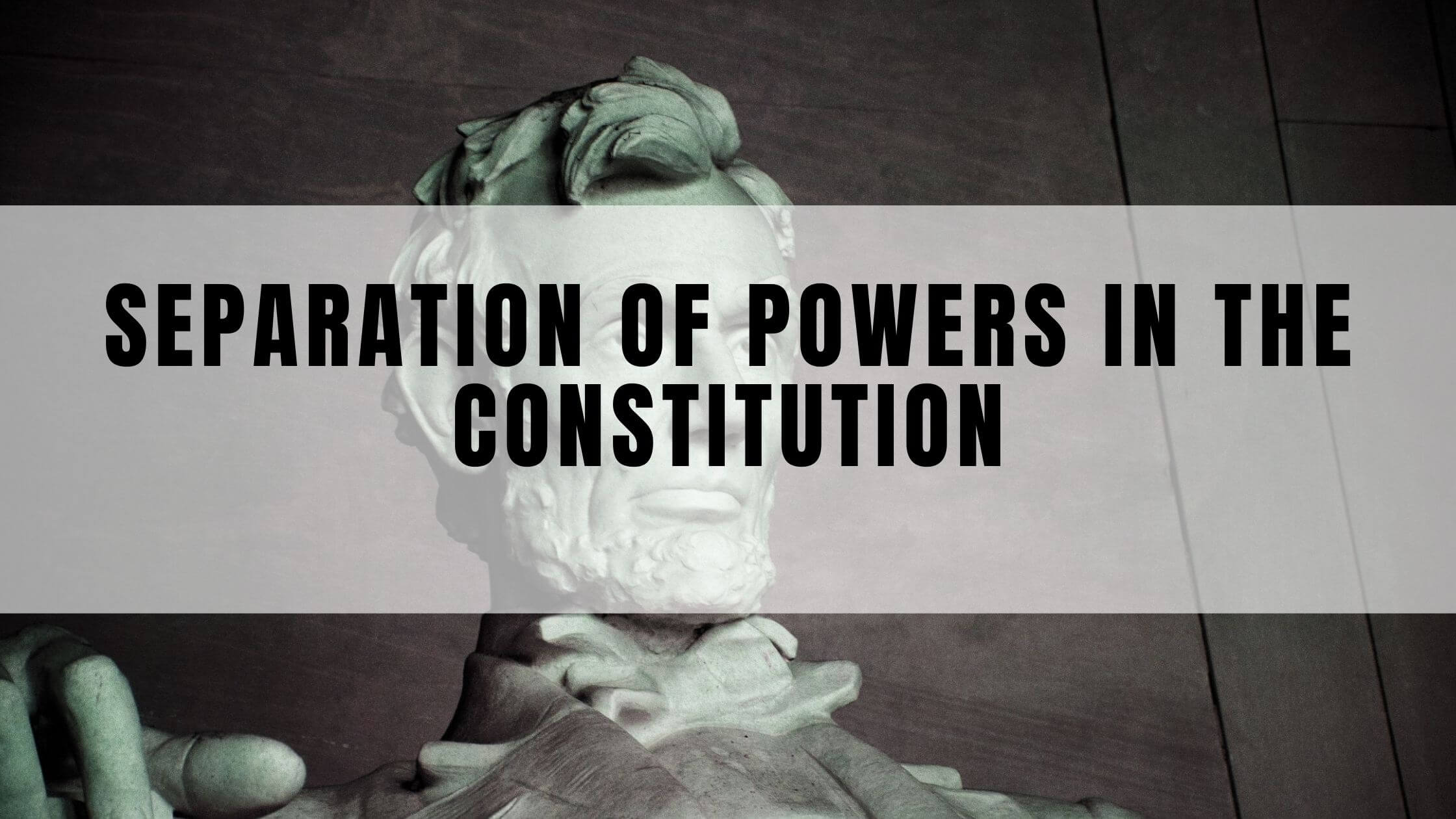Table of Contents
ToggleMore to the Constitution Than Meets the Eye
The Charters of Freedom are some of the most important documents written in American history. This term refers to the three important documents that allowed for the creation of the United States as we know it and the freedoms of its people. They are the United States Constitution, the subsequent Bill of Rights, and, of course, the Declaration of Independence. We learn a little about the history and creation of these documents. But, there is more to the story of who wrote and who scribed the Constitution of the United States.
The Hand-Written Constitution Is Still on Show
Today, the handwritten Constitution of the United States is still available to view so that we can admire the words with our own eyes. The document is kept behind glass in the upper level of the National Archives in the Rotunda for those crucial Charters of Freedom. It is the perfect setting, with the additional murals depicting the scenes, and a must for history fans.
When visiting the document and seeing it up close, it isn’t hard not to admire the craftsmanship in the perfect text and the style that went into the bold “we the people” at the top. But who actually put pen to parchment? Was it one of the framers of the United States Constitution or someone else?
Who Hand-Wrote the Constitution of the United States?
There is an important difference between the word scribed and wrote. Learning more about this helps us understand what happened at the Constitutional Convention in Philadelphia a little better. There are often debates over the influence of the different writers and framers of the Constitution, but little is made of the man that hand-wrote it and put the ink on the parchment.
The words were chosen by a combination of important delegates, although most of the credit falls on James Madison. However, it is the written work of Jacob Shallus that you will see when admiring the actual document.
Putting the Constitution of the United States Onto Paper
There is the assumption that because it was founding father James Madison named as the writer of the Constitution, it is his handwriting that we see when looking at the final document. However, that isn’t the case, as the duty of physically writing out the clauses went to a clerk instead.

Madison’s role was substantial, as one of the key note-takers, drafters, and overall influential figures in the committee putting the final touch together. Madison is quoted as saying that he barely left any sessions for more than a few minutes, while 19 of the 74 delegates invited never attended any. Without his work, as well as the text from Gouverneur Morris, there would have been nothing to endorse at all. But, he didn’t have the skills needed for the perfect final product.
Why Use an Unknown Clerk to Write Out This Important Document?
This choice makes sense as the delegates wanted the document to be as well-written and legible as possible. Using a clerk meant there was the guarantee of a better result, with none of the physical work involved. There could be no room for misreading words or mistakes on something so important.
Mistakes might cause critics to question the intelligence and professionalism of those tasked to critique the Articles of Confederation. Misinterpretation of illegible words could place a new meaning on clauses and take them away from what the framers intended. There was already enough ambiguity in some of the text without any accidental extra inclusions.
On top of this, there is an additional benefit in having someone else scribe this vital document. All those that had a hand in its creation had the chance to add their name to it and state their role, but they weren’t elevated above anyone else by physically writing it all out. Hamilton gets extra credit for bringing everyone together and Madison for a lot of the phrasing, but none get that extra status of being the one to write it.
Does That Mean the Hand-Written Constitution Is Error-Free?
Although a professional engrosser is better able to handle this job, there are errors in the text. Naturally, Shallus did his best to overcome these and ensure that everything was correct and that no meaning was lost. The most important addition here is the errata, which details the necessary correction for Congress to read. There is even a place where Shallus has carefully added in a “the” over the top of some text with a little “^.” Another fascinating detail found on closer examination is the spot where a line of ink was scraped away with a penknife.
These flaws are excusable when you consider the effort made and the likelihood of human error in 4000 words of important text. If anything, it gives us a greater connection to the real person that wrote the original document. However, what is more, surprising is that there are mistakes in the small addition handwritten by Alexander Hamilton, who misspelled Pennsylvania. It is easily avoided today with spellcheckers but less so then.
Jacob Shallus Played an Important Role During One Important Day
On the surface, Shallus’ job as an engrosser for the document sounds quite simplistic. He had to take the drafts created by the framers and make them look good with attractive penmanship throughout the whole document. But, this was a highly skilled task when you consider the work involved.
It is believed that he completed the piece in his exceptional handwriting in just a single day on September 16th, 1787. That’s is impressive on its own for a handwritten work like this. But, it is an even more significant achievement when we consider it meant around 4,000 words over four sheets of parchment. Each sheet was 28 by 23 inches, and the theory is that he used a goose quill. It was discovered that he received $30 for his work, which was a considerable amount for the time. Calculations for inflation put that at around $900.
The Fifth Page of the Constitution of the United States
While much is made of his work on the 4000 words on those four crucial pages of the Constitution, there is a fifth. This additional piece isn’t part of the Constitution directly, but it is still an important document that needed Shallus’ penmanship. The document is the Resolution Of The Constitutional Convention – also known as the transmittal page of the Constitution. This was where the delegates set out the terms on how Congress was to handle the document and adopt the terms in the creation of a new government.
Document Completion by Hamilton and Those Adding Their Signatures
Once completed in that quick time frame, it could go back to the delegates for signing. Here, Alexander Hamilton added the names of the states, and each delegate added their name in turn. The order went from north to south, except for George Washington, who went first and was the convention leader. Notably, the signatures of many representatives are missing.

Thomas Jefferson and John Adams were not present on that day, and three of those in attendance refused to agree to the contents. Still, enough signatures were there for a strong majority
This is where the text on that overlooked final page was so important. A line stated that the document should be “laid before the United States in Congress assembled.” This meant presenting the finished manuscript to representatives with no room for objection. They were not seeking consent from Congress, merely showing them what was agreed so it could be passed along for ratification.
Still, Congress couldn’t help but go over the document, which led to the threat of a challenge due to fears that the delegates had abused their power. After two days of debate, state legislators were sent the document for ratification.
Shallus’ Work Also Went Into Print in the Press
While Congress was deliberating the proposals in the new Constitution, the public was already taking a look for themselves. The first printed version didn’t take long to end up in a daily newspaper. It was handed to Congress on the 17th, and debates were scheduled on the 20th. On the 19th, the Pennsylvania Packet and Daily Advertiser ran a copy.
Subsequent copies ended up in print across the country to see what the delegates at the Constitutional Convention had been up to for the past four months.
Who Was Jacob Shallus?
As a result of the circumstances surrounding the document’s creation, Jacob Shallus goes largely overlooked in his role. It is possible that he was merely in the right place at the right time, as the delegates called on someone with the best penmanship possible. But who was he, and why was he the right choice?
Shallus was the son of German immigrants and a patriotic American, having volunteered in the Revolutionary War. Jacob was still a relatively young man at the time of the creation of the Constitution in 1787, at just 37 years old. He was the Assistant Clerk to the Pennsylvania General Assembly and was the ideal candidate due to his skill and availability.
Interestingly, this wasn’t the only important document that Shallus put his hand to. He was also the Assistant Secretary for the re-authoring of the State Constitution of Pennsylvania in 1790. Sadly, Shallus died at the age of 46, just six years after all 13 states fully ratified the Constitution. His son continued in a similar vein to his father, working as a skilled engraver before being called up for service in the war of 1812.

Get Smarter on US News, History, and the Constitution
Join the thousands of fellow patriots who rely on our 5-minute newsletter to stay informed on the key events and trends that shaped our nation's past and continue to shape its present.
Why Was Shallus’ Name Almost Lost to History?
It is unfortunate that his identity was almost lost to history, as there is no indication on the document as to who physically wrote it. It wasn’t until an investigation in 1937 that he was revealed as the scribe, and we could finally add his name to the list of influential people at the Constitutional Convention. A historian called John Clement Fitzpatrick was the one to take up the case while researching the document for its 150th anniversary.
One of the problems in knowing exactly who wrote out the words for the Constitution is that so little official documentation remains from that period. There was little to state precisely who had done the work, other than perhaps some form of documentation for the Shallus’ payment. It is said that a lot of smaller unofficial papers were destroyed to preserve a form of secrecy surrounding events. The secretary of the convention took notes, and these were later given over to Washington to pass on to the State Department. Madison would later publish his own notes about the proceedings.
This meant that any meaningless scraps written by Shallus at the time or anything related to the work that wasn’t necessary to keep were discarded. The only proof that someone had been paid to scribe the document was a note authorizing that $30 payment.
The Scribe of the Constitution Was as Important as the Framers
It is a shame that when you read about the creation of the Constitution and its writers, the majority of work online sticks to the narrative of James Madison being the most important influential figure at the Convention. This is arguable when looking at his work compared with others like Morris and Alexander Hamilton. But, there is still disregard for the scribe of the Constitution.
Without the skilled penmanship of Jacob Shallus, those phrases the committee deliberated over at the last minute wouldn’t have been so beautifully engrossed onto parchment. It also certainly wouldn’t have been completed to such a high standard in a single day. Shallus deserved that full $30 fee for his work and deserved to have his name beside the document in the National Archives.












2 Responses
I am impressed and gratified that you took the effort to ensure that Jacob Shallus was recognized for his contribution. I have always been enamored by the penmanship of the of the constitution and attempted to emulate it in my life and career even though I came up short of my expectation. I am over 70 years old and always thought that Madison or Jefferson provided the written Constitution.
Good Job!!
It is somewhat unusual to combine craftsmanship to important events in political history. As a result, reading and learning about this case has been a joy for me, a professional crafts person as well as a dedicated reader and student of history. In the dialogue of that period, “Ladies and Gentlemen, I give you Jacob Shallus!”